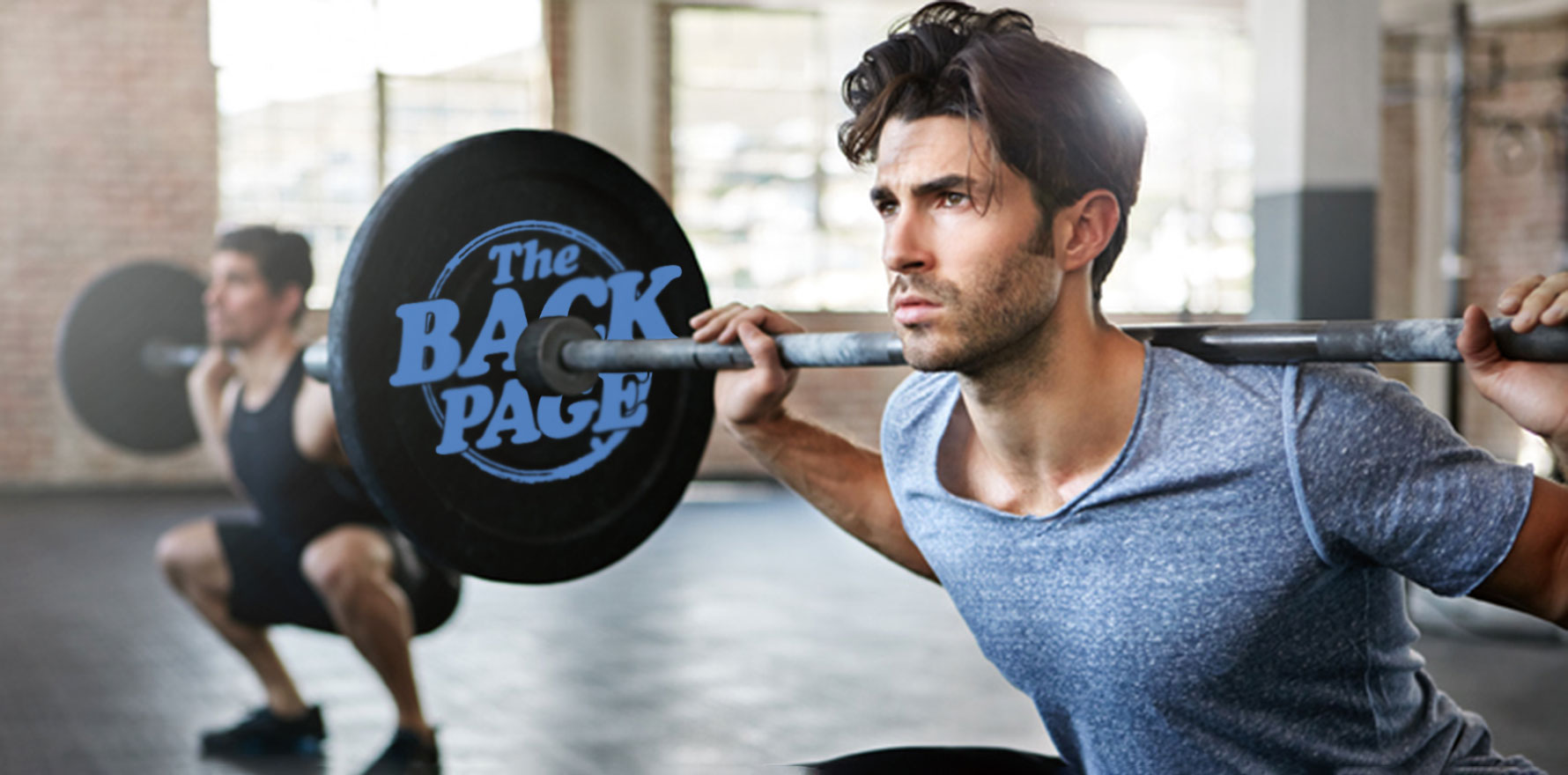Lifting them is a waste of time, according to a new study. Lowering them, on the other hand …
Lifting weights to get your resistance training? You’re doing it wrong!
Apparently it’s lowering weights, using eccentric (lengthening) muscle contractions, that does all the useful work.
Researchers from Edith Cowan University in WA, together with colleagues from Japan and Brazil, had three groups of 14 non-resistance-trained students work out with weights twice a week for five weeks, then measured three strength variables and subjects’ muscle thickness. A control group just had measurements taken.
One group lifted and lowered weights – that is, used concentric and eccentric muscle contractions (CON-ECC) – while another group only lowered them (eccentric, ECC) and the third only lifted them (concentric, CON).
On the three measures of strength, or torque – maximum voluntary isometric (MVC-ISO), concentric (MVC-CON), and eccentric contraction (MVC-ECC) – concentric torque improved similarly for all three workout groups. However, while the CON-ECC and ECC groups increased their MVC-ISO and MVC-ECC torque, the CON group did not.
Muscle thickness was significantly increased in the ECC and CON-ECC groups, but not in the CON group. Crucially there was no significant difference in increase between the ECC and CON-ECC groups, even though the CON-ECC group did twice the amount of work, suggesting the concentric contractions don’t bring much to the party.
If you’re wondering how to put this finding into practice because you don’t have any self-lifting weights to hand, Professor Ken Nosaka from ECU recommends lifting a weight with both hands and lowering it with one. Similarly with leg presses, use both legs to push away and one leg to return.
He also recommends these exercises for those who can’t get to the gym:
Chair sit: From a half-squatting position, sit down slowly on a chair in three seconds, (narrower and wider stances will create different effects). If this is easy, try to sit down with one leg.
Chair recline: Sit on the front of a chair to make a space between your back and the backrest, recline back slowly in three seconds (arms can be crossed at the chest or held at the back of the head).
Uneven squat: Stand behind a chair, lean to one side to put more weight on one leg, then squat down in three seconds.
Heel down: Still behind a chair, lean forward and raise your heels. Then, lift one leg off the ground and lower the heel of the other leg in three seconds.
Wall kiss: Lean against a wall with both arms fully extended. Bend the elbow joint slowly over three seconds until your face gets close to the wall.
Front lunge: Place one leg in front of the other and bend the knees deeper over three seconds.
If you see something that makes you want to lunge, squat or kiss a wall, send it to penny@medicalrepublic.com.au.


